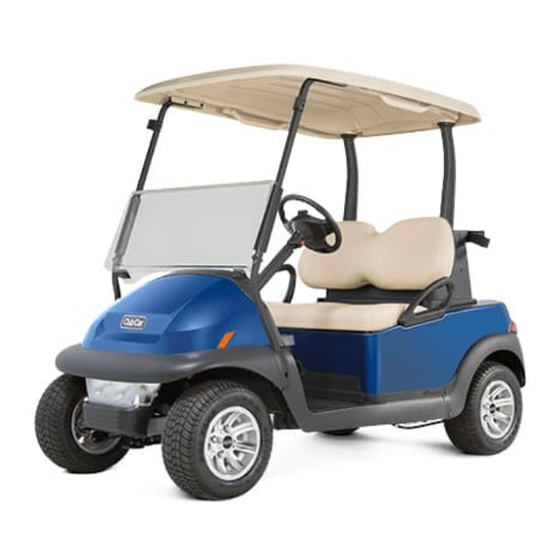
Club Car Precedent Maintenance And Service Manual
Electric vehicle with eric charging system gasoline vehicle with kohler ech440 engine
Hide thumbs
Also See for Precedent:
- Owner's manual (88 pages) ,
- Owner's manual (80 pages) ,
- Owner's manual (48 pages)
















Need help?
Do you have a question about the Precedent and is the answer not in the manual?
Questions and answers
oil level transaxle
The recommended oil level for the transaxle in a Club Car Precedent is even with the bottom of the upper lubricant level indicator hole when the vehicle is on a level surface.
This answer is automatically generated
how often should you service the club car
You should service a Club Car Precedent monthly and semi-annually:
- Monthly: Check and, if necessary, change engine oil, clean the engine cooling air intake, adjust tire pressure, wash the engine compartment and underside (only when the engine is cool), and clean the vehicle and upholstery.
- Semi-annually (every 6 months or 50 hours of operation): Inspect and perform preventive maintenance, including lubricating shifter cable pivots, front suspension fittings, and checking the brake system.
This answer is automatically generated
Where is the fuse box
Parts breakdown